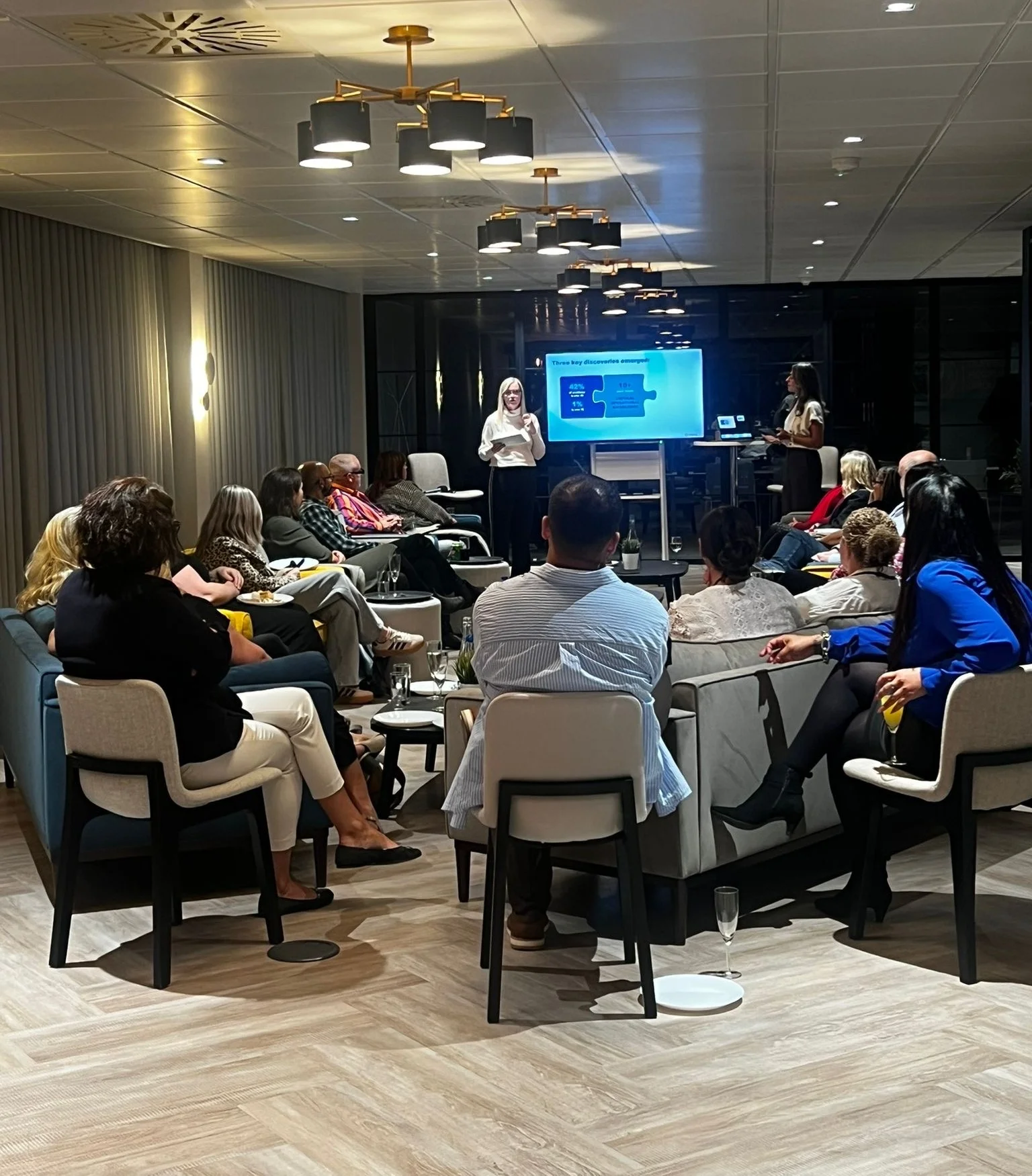
It’s no secret that being a recruiter is a game of highs and lows. When it’s going well, you’re on top of the world. When it’s not, it can often become stressful and overwhelming. In fact, high levels of stress amongst talent acquisition professionals is so common that there’s even a name for it: recruiter burnout. It’s a term that’s used to define the state of physical or emotional exhaustion that often affects people within the profession for a variety of reasons, including:
- Stressful or unrealistic targets
- Overworking/Insufficient support
- The pressure of working in a competitive atmosphere
- Isolation caused by remote working
- Stress caused by redundancies
One of the biggest problems with burnout is that the symptoms are invisible, and so insidious people may not even realise they’re suffering from it. It can quickly affect a person’s work performance, or even make them lose passion for the profession altogether. Bearing high stress levels in mind, it should come as no surprise that recruitment has one of the highest staff turnover rates of any industry, with an average attrition rate of 43%. Now for the good news – it doesn’t have to be this way. So, what can we do about it?
Do away with arbitrary KPIs (and only set realistic goals!)
Now, of course we’re not saying there’s no place within a business for goal setting, and it can be a helpful way to harness healthy competitiveness amongst teams. However, organisations can sometimes set KPIs that are unrealistic and unhelpful. For example, a consultant who has a KPI of three hours’ call time per day is far more likely to spend their time worrying about hitting their target and finding ways to circumvent it than spending that time making considered, quality calls that result in great relationships. Here at Gleeson, we’ve found that giving consultants a greater degree of autonomy has actually resulted in improved productivity and motivation, and also means that the team spend their days engaged in meaningful tasks rather than ticking boxes.
Show appreciation
Recognition and gratitude has been demonstrated to reduce burnout and boost wellbeing, so it’s well worth considering how organisations can thank employees for their efforts beyond simply earning commission. There are plenty of ways to show employee appreciation - some more obvious than others. For example, while we’ve found our annual incentive trip abroad is a big motivator, we also like to think outside the box a little. We hold regular social events, celebrate our team’s successes on social media, and provide paid volunteering opportunities.
Encourage work-life balance
Whether it’s liaising with clients in different time zones or catching up with a candidate after their 6pm interview, recruiters will often find themselves working outside of the regular 9-5. While this sometimes can’t be helped, if left unchecked, working too many hours can be a major cause of burnout. It’s vital that managers regularly check in with their teams to ensure they’re not overworking themselves, encourage regular breaks, and regularly review individual workloads. Aside from this, we’ve found that giving our team every Friday afternoon off allows them to fully rest and recharge, and our flexible working policy means they don’t have to miss out on picking the kids up from school, or that morning gym session!
Provide training and support
There’s nothing more stressful than being thrown in at the deep end with a phone and a list of targets and told to get on with it. If we really want teams to succeed, it means providing a nurturing and supportive environment, with plenty of regular training to help develop key skills. For example, here at Gleeson our talent director provides personalised development plans to our team as well as regular in-house training on topics such as ED&I and or leadership skills.

Talk about mental health
We’ve come a long way in the past few years, but openly discussing issues surrounding mental health is still a taboo for some. Creating an environment in which team members feel comfortable opening up and reaching out for support is therefore still an incredibly important step in helping to prevent and reduce burnout. Be on the lookout for initiatives from mental health organisations such as Gleeson’s charity partner Mind that you can incorporate into working life. For example, for World Mental Health Day our HR department held a lunchtime session for team members to get together and chat about a variety of thought-provoking topics. We find sessions like these help our team to bond as well as get used to openly discussing more sensitive or challenging topics.
Build support into your Employee Assistance Programme
Giving team members access to a developed EAP can be a great way to provide support that HR departments can’t, as well as provide additional perks to help motivate and de-stress. For example, we provide our team members with access to private counselling as and when required, as well as financial resources and advice. We also offer guidance and support to team members going through health struggles such as the menopause or cancer treatment. Ultimately, if left unchecked, recruiter burnout can be a problem that spreads through an organisation like wildfire. It can lead to high turnover rates, decreased productivity, low morale, and poor performance. By taking a proactive approach, recruitment organisations can create a supportive and productive working culture that’s not only good for employees, but good for business!
Looking to level up your recruitment career? You're in the right place! We're looking for recruiters of all levels to come on board and reinforce our already established teams in Birmingham, London and Reading. You can apply online, or get in touch with us at marketing@workwithglee.com for more info.



